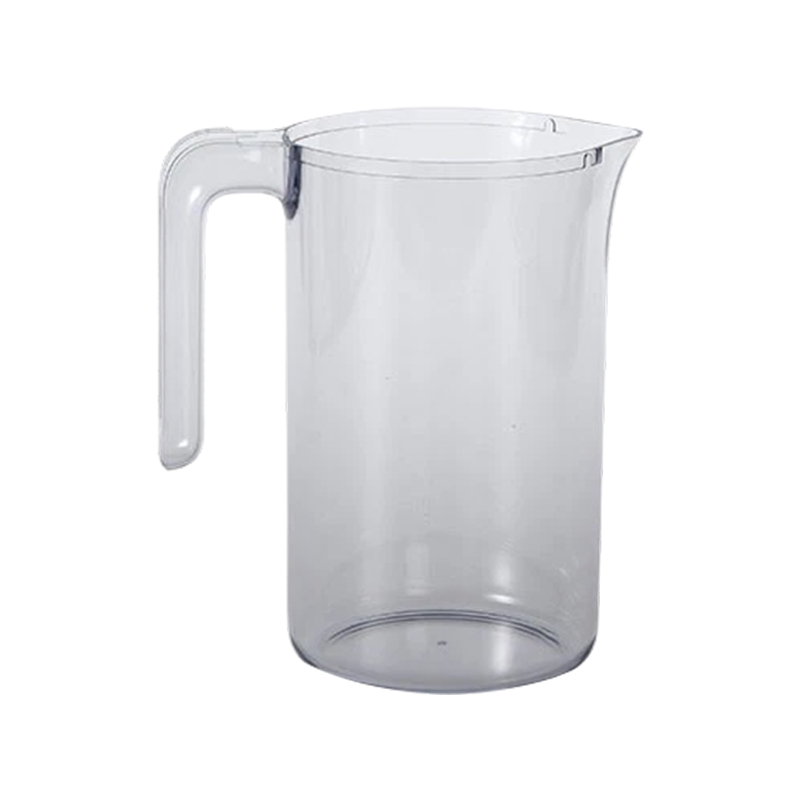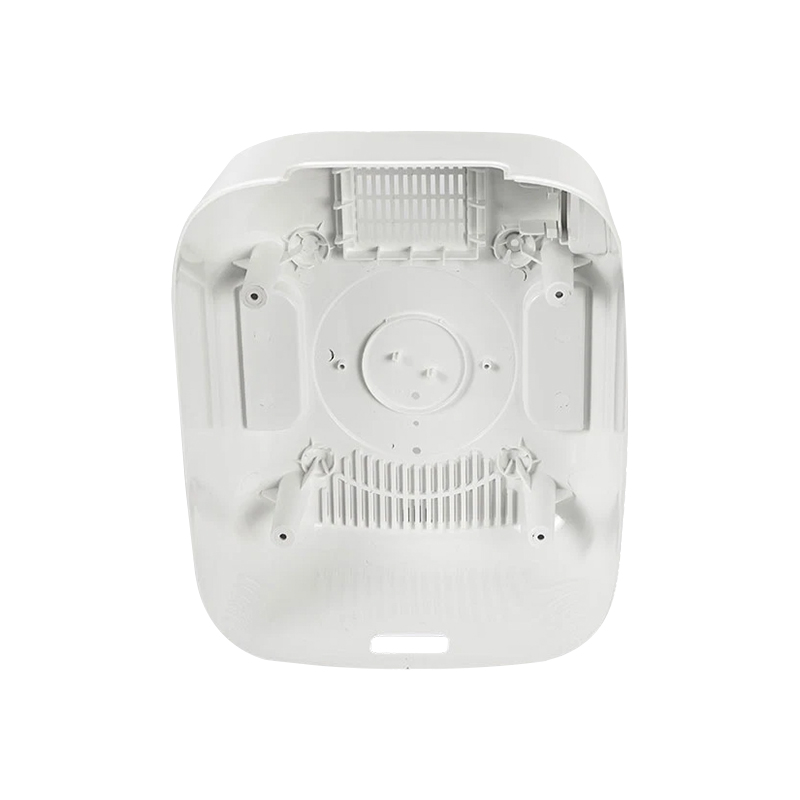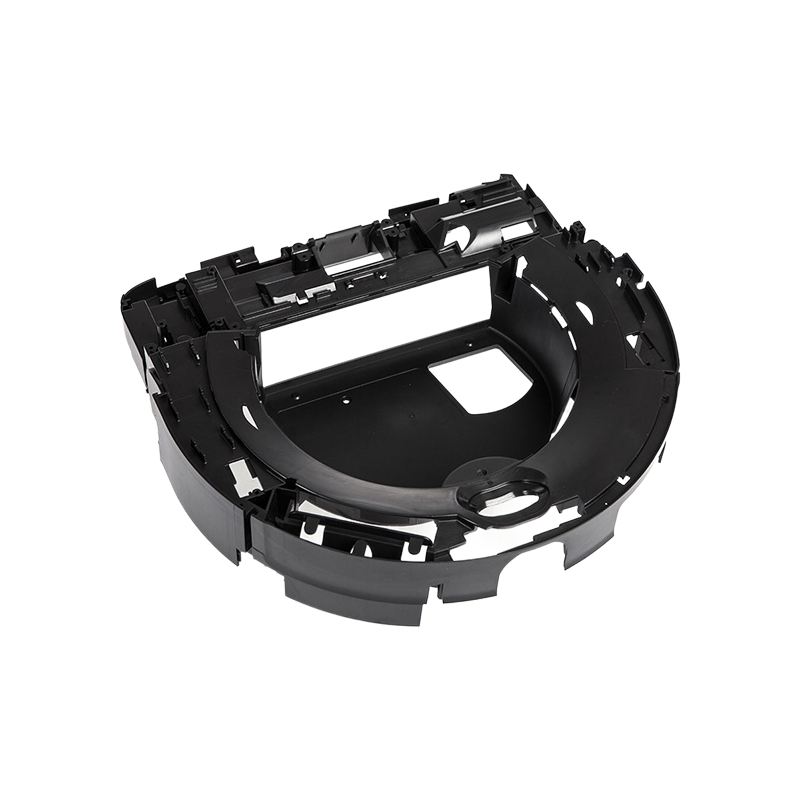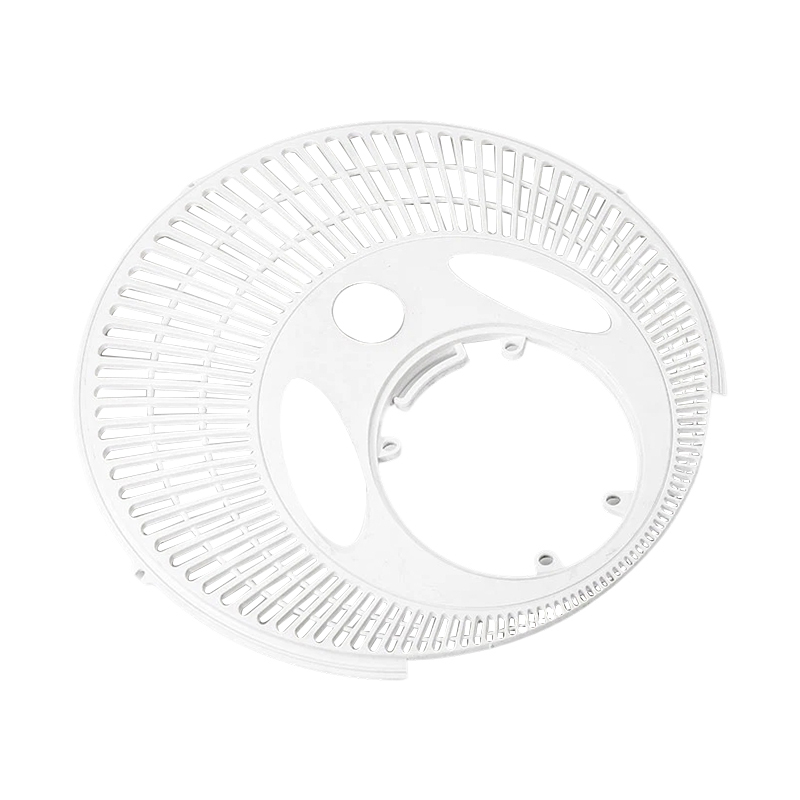How do transparent/opaque kettle mold parts affect the sealing performance of the product?
Release Time : 2025-06-26
In the production of modern daily plastic products, kettles are indispensable daily necessities for home, office and outdoor activities, and their market demand continues to grow. Whether it is a transparent kettle or an opaque kettle (transparent/opaque kettle), the realization of its quality and performance is inseparable from a key link-precision manufacturing of mold parts. High-quality mold parts not only determine the appearance accuracy, sealing performance and safety of the kettle, but also an important guarantee for improving product competitiveness.
Transparent kettles are usually injection molded with food-grade materials such as polypropylene (PP) or Tritan, which have good light transmittance and are easy to observe the internal liquid level and cleanliness; while opaque kettles are mostly used in scenes with high shading requirements, such as thermos, baby bottles or medicine containers, and shading effects are often achieved by adding masterbatch or selecting specific raw materials. Regardless of the type, its production is highly dependent on high-precision mold parts.
First of all, high-quality mold parts ensure the high dimensional accuracy and consistency of kettle products. Modern kettle molds use a variety of advanced processes such as CNC machining, EDM electric spark forming, and polishing to make the mold cavity surface smooth and flawless, thereby ensuring that the inner and outer walls of the finished kettle are flat and burr-free, improving the overall aesthetics and user experience.
Secondly, in terms of functionality, the design of mold parts directly affects the sealing, pressure resistance and structural strength of the kettle. For example, the accuracy of the threaded part of the kettle mouth directly determines whether the lid is tightened smoothly and sealed well; the reinforced structure at the connection between the handle and the kettle body improves the ability to resist falling and pressure, especially in products with higher safety requirements such as children's kettles and sports kettles.
In addition, the material selection of mold parts is also crucial. At present, mainstream kettle molds mostly use high-quality mold steel, which has good wear resistance, corrosion resistance and thermal stability, can withstand long-term high-temperature injection molding operations, extend the service life of the mold, and reduce the maintenance cost of the enterprise. At the same time, these steels also support mirror polishing, which is particularly suitable for the high-gloss surface requirements of transparent kettles.
It is worth mentioning that as consumers' pursuit of personalization and functionality continues to increase, mold parts are also developing in the direction of diversification and modularization. For example, some mold designs support one mold with multiple cavities, which can produce products of different capacities or shapes at the same time, improving production efficiency; some molds also reserve customized areas for later personalized processing such as LOGO engraving and pattern inserts to meet the needs of brand promotion and market differentiation competition.
From an environmental protection perspective, advanced mold manufacturing technology also helps to reduce the waste of raw materials and energy consumption. By optimizing the flow channel system, improving cooling efficiency, shortening the molding cycle, etc., enterprises can achieve green production goals while ensuring product quality and respond to national energy conservation and emission reduction policies.
transparent/opaque kettle mold parts are not only the basic guarantee for kettle molding, but also the key to improving product quality, functional diversity and market competitiveness. They are characterized by high precision, high strength, high adaptability, etc.
Transparent kettles are usually injection molded with food-grade materials such as polypropylene (PP) or Tritan, which have good light transmittance and are easy to observe the internal liquid level and cleanliness; while opaque kettles are mostly used in scenes with high shading requirements, such as thermos, baby bottles or medicine containers, and shading effects are often achieved by adding masterbatch or selecting specific raw materials. Regardless of the type, its production is highly dependent on high-precision mold parts.
First of all, high-quality mold parts ensure the high dimensional accuracy and consistency of kettle products. Modern kettle molds use a variety of advanced processes such as CNC machining, EDM electric spark forming, and polishing to make the mold cavity surface smooth and flawless, thereby ensuring that the inner and outer walls of the finished kettle are flat and burr-free, improving the overall aesthetics and user experience.
Secondly, in terms of functionality, the design of mold parts directly affects the sealing, pressure resistance and structural strength of the kettle. For example, the accuracy of the threaded part of the kettle mouth directly determines whether the lid is tightened smoothly and sealed well; the reinforced structure at the connection between the handle and the kettle body improves the ability to resist falling and pressure, especially in products with higher safety requirements such as children's kettles and sports kettles.
In addition, the material selection of mold parts is also crucial. At present, mainstream kettle molds mostly use high-quality mold steel, which has good wear resistance, corrosion resistance and thermal stability, can withstand long-term high-temperature injection molding operations, extend the service life of the mold, and reduce the maintenance cost of the enterprise. At the same time, these steels also support mirror polishing, which is particularly suitable for the high-gloss surface requirements of transparent kettles.
It is worth mentioning that as consumers' pursuit of personalization and functionality continues to increase, mold parts are also developing in the direction of diversification and modularization. For example, some mold designs support one mold with multiple cavities, which can produce products of different capacities or shapes at the same time, improving production efficiency; some molds also reserve customized areas for later personalized processing such as LOGO engraving and pattern inserts to meet the needs of brand promotion and market differentiation competition.
From an environmental protection perspective, advanced mold manufacturing technology also helps to reduce the waste of raw materials and energy consumption. By optimizing the flow channel system, improving cooling efficiency, shortening the molding cycle, etc., enterprises can achieve green production goals while ensuring product quality and respond to national energy conservation and emission reduction policies.
transparent/opaque kettle mold parts are not only the basic guarantee for kettle molding, but also the key to improving product quality, functional diversity and market competitiveness. They are characterized by high precision, high strength, high adaptability, etc.








